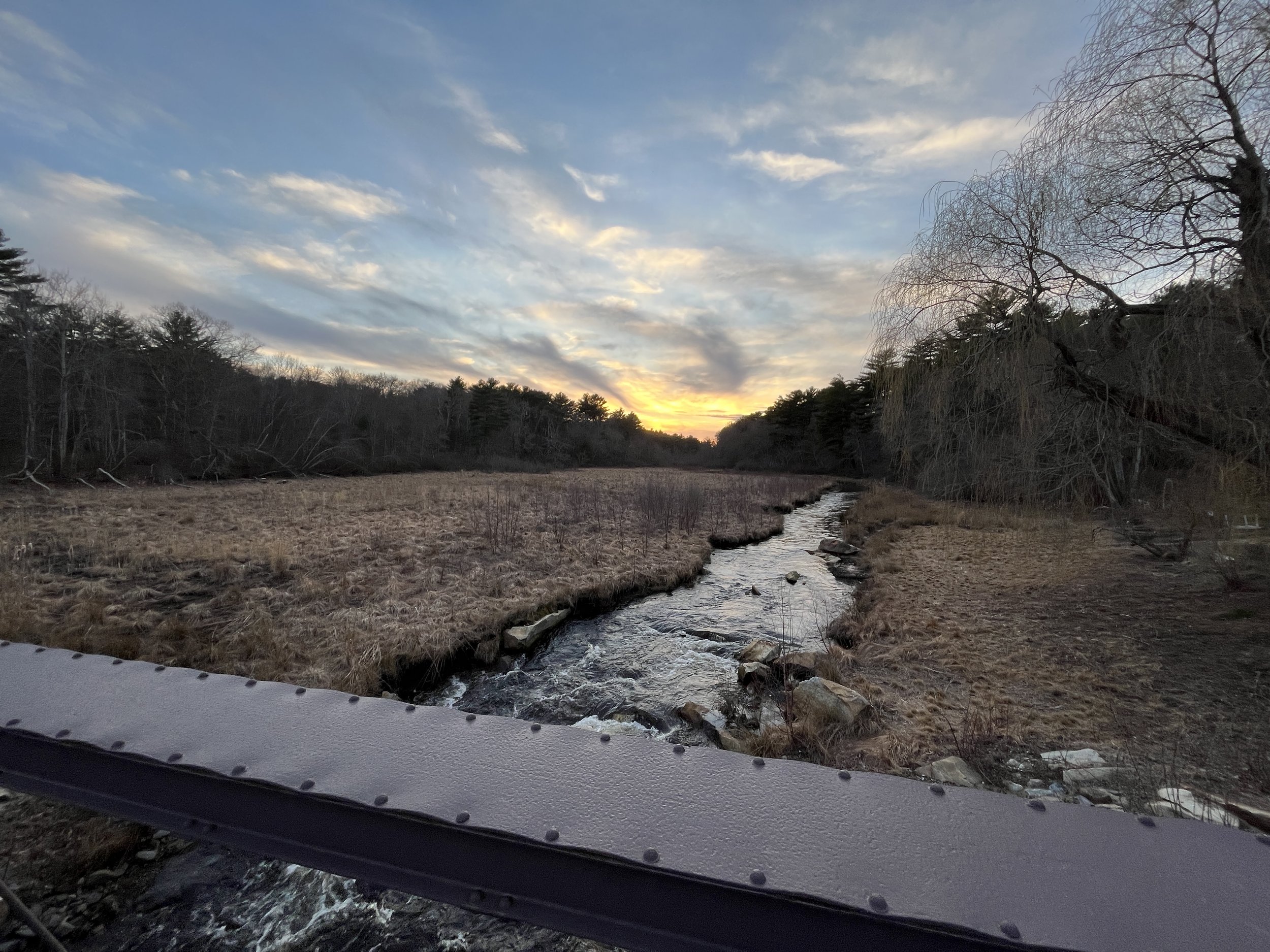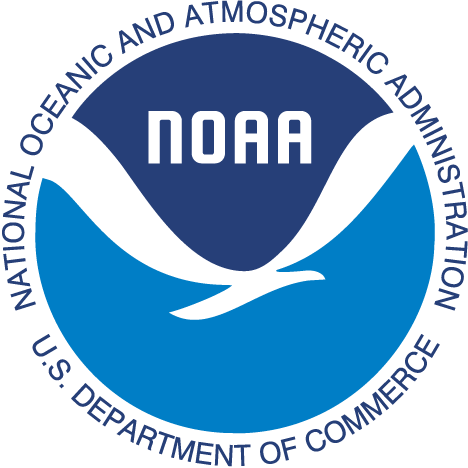
Our Work ▸ River Restoration ▸
Elm Street Dam
Elm Street was un-dammed in 2019. See the construction process in pictures:
The Dam Removal and
River Restoration Project at Elm Street
The Jones River was once teeming with fish. Native Americans knew they could count on the annual migrations of river herring and would set up weirs to harvest this bounty. Early colonial settlers caught on quickly and relied heavily on these fish for food and income. However, as industry grew throughout the area, mill dams began to compete with fish weirs for space in the river.
Early dams were temporary or seasonal and provisions were made to allow migrating fish passage. The 1900’s brought the advent of concrete dams, which were intended to be permanent structures. Thousands of these dams remain in New England rivers, long after their industries have moved on and the need for them has ended. The Elm Street dam is another example on the Jones River — originally cemented into the river in 1920 to lift water from Cuff Spring to the cistern on the property adjacent on the west side of Elm Street, and from there to the Indian Pond water tower. It also provided flow to the tack factory, saw mill, clothing and other industries at Hurd and subsequent businesses that today is the Jones River Trading Co. The Kingston Water Department last used water power in 1950 and the Mill operation on the south side of the river was shut down in the late 1960’s by the EPA for dyeing the river in the process of clothing manufacture.
Water quality in the river continues to suffer. By National standards, the area above the dam is listed as “Impaired” with low oxygen, high nutrients and excessive vegetation. These conditions stress migrating species and kill native species such as trout, which need cool, flowing water with plenty of oxygen to thrive. Below the dam, water quality is also “Impaired” with pathogens. Pathogens come from high bacteria levels from cesspools, road run off, and contamination that discharge nutrients, which then increase the levels of bacteria in the river. Before the Kingston sewer installation in about 2002, the entire river was closed due to pathogens. Since then, and with improvements to stormwater and septic systems along with bans on dumping raw sewage from boats into the bay, water quality in the river has been improving dramatically.
With relic dams like this one at Elm Street in place, fish cannot reach their spawning grounds, and today, river herring populations are only a fraction of what they had been prior to all the mill works becoming concrete dams. In ages past, the wooden dams would be constructed during high flow season and removed during fish runs so that the land could be farmed in summer. With permanent dams came limited access for the fish to reach their historic spawning grounds. Because fish stocks plummeted, government agencies sought to protect migrating species and install fish passageways — but many native species like trout and smelt can’t use fish ladders. We don’t need the old mills anymore or their relic dams. Today throughout the region and the country, people are working together to restore fish habitats and bring back the fish stocks we all rely on.
At its 2016 Annual Meeting, the Town of Kingston voted to establish the Jones River Restoration Fund to supply matching money for grants to remove the Elm Street dam and restore the Jones River ecosystem habitats. The $125,000 fund was used to secure about $1.4 million in state and federal funds because the Jones River is acknowledged to have been an important economic resource for the Commonwealth. Timber was sawn for ships and homes, iron was shaped into anchors, tools, cannonballs for the Revolutionary War, tacks and nails, and clothing mills wove wool for suits and uniforms — all products of the moving power of the Jones River. After 400 years of service and manipulation, it is time to restore the river to its free-flowing self as it was when the Pilgrims first traversed up “three nautical miles” and named the river for their Captain Christopher Jones. We are now focused on recovering the fish populations and reestablishing this great nursery of the Gulf of Maine — one of the richest fisheries in the world.
Thanks to our dam removal partners:








